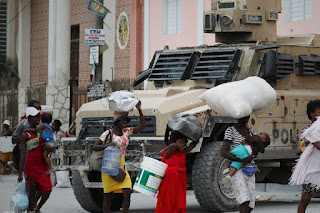Garment Workers Left Behind After Turkey’s Deadly Quakes
One year after devastating earthquakes devastated southeast Turkey, textile and clothing workers in the region struggled with housing, job losses, and lack of support from global brands.
The powerful quakes killed over 53,000 across 11 provinces and displaced millions more. The industry, a major employer, suffered severe disruptions. Over half of the surveyed workers described home damage.
Quakes Disrupt Industry Hub
Despite the disaster, over 50% of workers took only 2–4 weeks off, receiving under full pay — over one-third of none. Many stayed on company grounds under poor conditions.
Ongoing Housing and Support Deficits
A year later, separation from families persists due to housing shortfalls. Workers remaining despite health issues sent families elsewhere, says researcher Derya Göçer, noting no brand support for basic housing needs.
The region comprises 15% of Turkey’s textile and apparel exports including Benetton, H&M, Primark, and Zara. Yet only some suppliers acknowledged any brand assistance post-earthquakes.
Widespread Rights Violations
The Clean Clothes Campaign report highlights extensive worker rights violations. Though Turkey instituted temporary layoff bans, workers faced systematic employer harassment to work overtime under threat of termination.
With restricted freedom of association and striking, 89% lack collective bargaining. Forced out rather than officially terminated, workers lost severance and benefits. Turkey consistently ranks among the worst for worker rights globally — the ban potentially worsening conditions for some.
Brands Shift Orders
Research shows regional industry production and jobs declined significantly as European brands transferred orders to Asia.
“Brands can change purchasing very quickly when beneficial,” says researcher Mayisha Begum of the Business & Human Rights Resource Centre. “But profits dip, workers get squeezed.”
The report revealed major disconnects between brand public support statements and ground realities, depicting an industry abandoning vulnerable workers post-major disaster.



Comments
Post a Comment